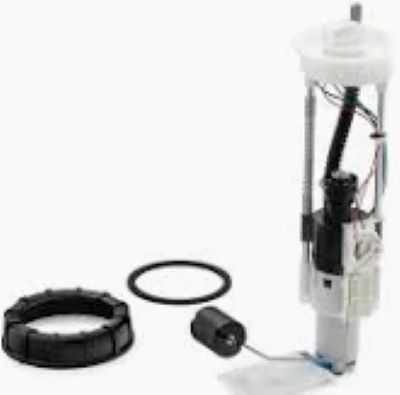What is more, a fuel pump can also overheat: which makes life impossible for both the vehicle performance and its heart too. Fuel pumps use the fuel that surrounds them to dissipate heat and stay cool inside. If there is not enough fuel, it could only take a few minutes for the pump to heat up above its normal operating temperature of about 150-200°F or higher and if/when an intank electric motor gets hot due credit can gone bad fuell giveing less pressure until no working, more fine detail would requiredéseis amperes kind that draw power tio do run.
Driving a vehicle on low fuel is one of the main reasons for overheating. The fuel pump resides in the fuel tank and relies on said liquid to keep things cool—a tall task, given its high-pressure demands. For the pump to stay as cool as possible, it needs a good supply of fuel which acts like coolant; when you're down below that quarter tank level on both cars they use less gas for cooling. A well-cited report from the American Society of Automotive Engineers (SAE) claims that extended time driving with less than 1/4 tank of fuel can decrease a typical in-tank fuel pump's lifespan by as much as 30%.
About 700,000 Toyota vehicles were recalled in 2019 to replace fuel pumps that could become noisy or hot and eventually cause the engine to stall at high speeds. This also stresses the point that it is vital for your fuel to always be on-point, not below what can safely produce power and heat causing a possibility of age change in such materials.
The motor within the pump also has increased electrical resistance when it overheats. A healthy fuel pump typically only draws 4 to 6 amps of current, but overheating can cause that number to climb even up into the range between 8 and tenamps which is VERY bad for it. This will not only impact the operating efficiency of your fuel pump but it can also run other electric systems in your fuel system.

As the famous inventor Nikola Tesla once wrote, “My desire that leads me in all what I am doing is an aspiration to get hold of natural forces for the service and benefit of humanity.” This quote, viewed through the lens of automotive technology allows us to reiterate that balance in those forces like temp in a fuel pump is needed for predictable performance.
Fuel filters cloggedOverheating is in addition the result. The fuel pump overheats because it is forced to work harder and send more through the system than what may be necessary due to a clogged filter. This is why maintaining it and changing the fuel filter every 20,000-30,000 miles also eliminate pump related problems.
Error codes like P0231 or P0627 can also pop up on the diagnostic system, signaling fuel pump voltage and circuit failure resulting from overheating. These codes signal the need for a quick fuel pump inspection before it causes further damage.
To learn more about preventing the heat of Fuel Pump and making sure you get that type-of-reliability, visit high-quality air seconds referred to as a grooving outside up-or firmaries on-line.